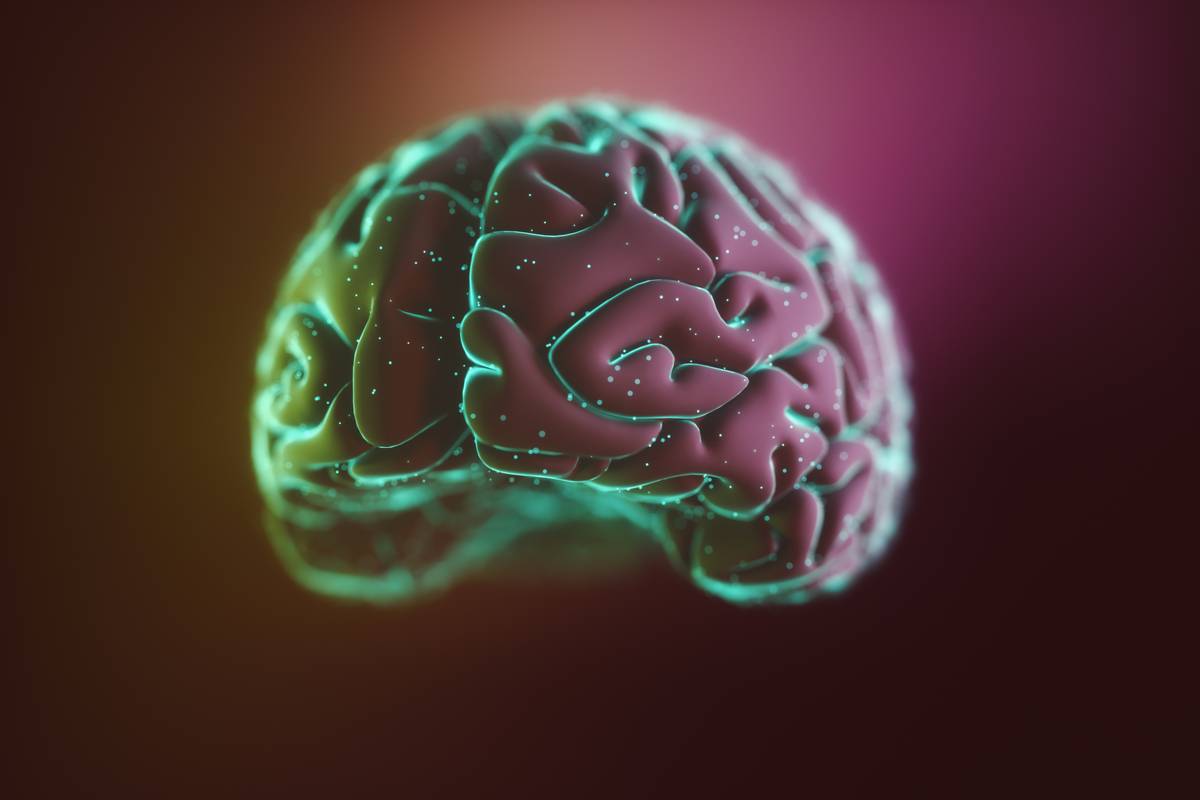GLIACHEM: Small Molecule Therapeutics for Rare and Neurodegenerative Diseases
Proprietary neurology therapeutics addressing rare pediatric and neurodegenerative indications

Background
Rett Syndrome is a rare, X-linked genetic neurological and developmental disorder that affects the way the brain develops. With approximately 350,000 patients worldwide, it manifests primarily in young girls, presenting with a wide range of disabilities and often misdiagnosed as general autism, cerebral palsy, or other conditions of pervasive developmental delay. Limited treatment options exist for these patients, most of which are off-label treatments for symptom management & occupational therapy. There is one approved drug (Trofinitide, Acadia Pharmaceuticals; approved 2023) which has a small effect size and tolerability issues, leaving significant room for improvement.
Rett Syndrome is caused by mutations of the MECP2 gene. In Rett patients, the brain fails to properly mature, remains under-developed throughout life, and functions inefficiently. While the errant function of many systems contributes to these neural impairments, the hypoactivity of mTOR represents a key convergence point of pathogenic processes. Strategies to improve mTOR activity represent potential treatments for Rett Syndrome. The Transient Receptor Potential Cation Channel Subfamily M Member 2 (TRPM2) is one system that negatively regulates mTOR, and is over-expressed in the Rett Syndrome brain. We have developed new molecules that block TRPM2. These small molecules display high affinity and selectivity for TRPM2, and represent a first-in-class approach to engage TRPM2 for translational development in Rett Syndrome.
Technology Overview
Gliachem is developing a small molecule therapeutic whose first clinical opportunity will be Rett Syndrome, a rare, pediatric disease with limited treatment options.
Scientists at the Krembil Brain Institute are combining efforts – synergizing their insights and deep knowledge in neuroinflammation biology and special domain expertise in central nervous system drug design to drive innovation across a pipeline of neuroinflammation drug projects .
Drug candidates with novel features:
- First-in-class brain-penetrant small molecules (based upon design considerations including novel blood brain barrier score [BBBS] and animal in-vivo data)
- Modulation of novel pathways and targets that are present on/in glia and neuronal cells
- Favourable pharmacology attributes for CNS treatments,including:
- Physico-chemical properties
- Moderate to low nM potency on the targets
- Not containing structural alerts
Stage of Development
Hit to lead
Investment Tier: $2.9M Seed Round, $5M Follow-on
Applications
The first clinical indication for our small molecule will be Rett Syndrome. However, TRPM2 has been implicated in other indications beyond Rett. We will look to validate additional clinical indications once we have the compounds to build the pipeline.
Opportunity
350,000 patients worldwide, including major markets of EU (13k), USA(11k), Canada (4k) & Japan (1k). With only one approved drug (Trofinitide)which has a small effect size and tolerability issues, there is an opportunity to capture a significant segment of this market.
UHN is currently looking to raise a $2.9M seed round, which will enable us to complete our hit to lead activities and select our lead candidate in ~12-18 months. This includes proof of concept in a mouse model and a comparison study of our lead vs. Trofinitide. A follow-on round of ~$5M will support Lead Optimization and a Series A of ~$5M will advance us through IND-enabling studies.